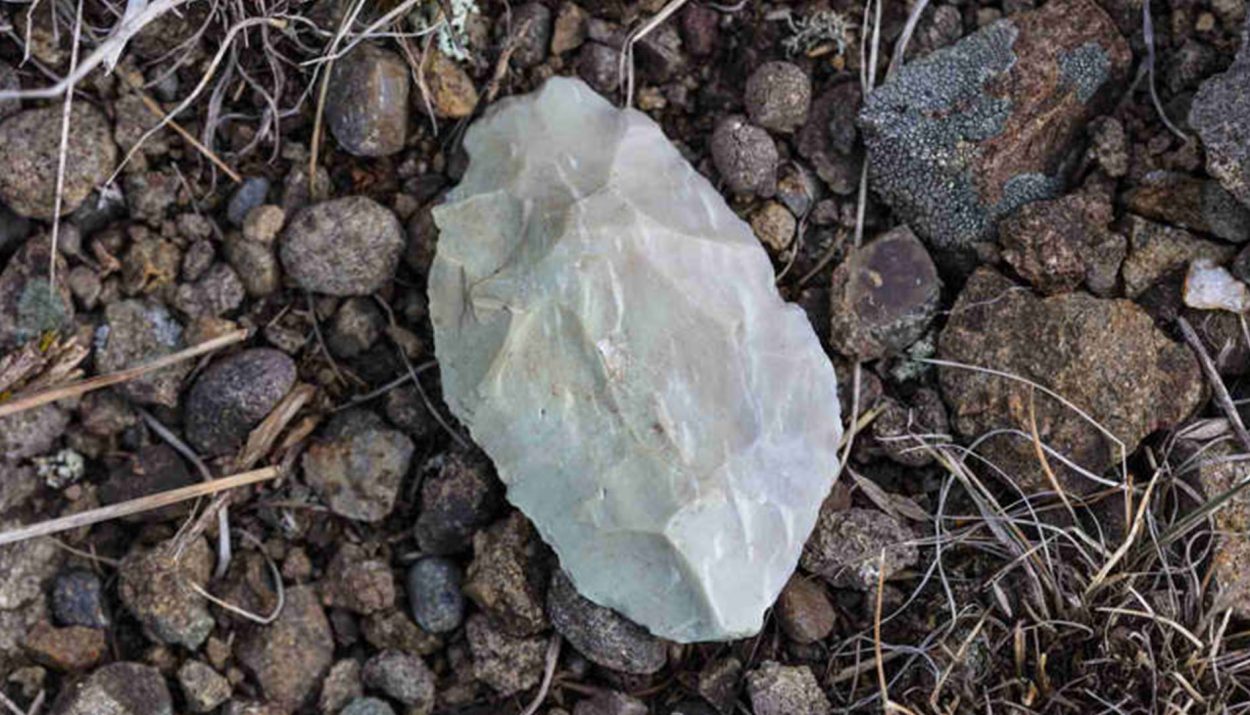A scientific paper published in a recent issue of the journal Nature announced that a set of stone tools that were found during an excavation in Ukraine in the 1970s have been analyzed using new dating methods. The results are astonishing.
As the report explains, the tools may be more than a million years old. That makes these tools the oldest ones found in Europe and may even represent the earliest evidence of human inhabitation in Europe. Here’s how these stone tools were dated and what this means for the timeline of human history.
Dating the Tools
When the stone tools were found in the 1970s, the technology did not exist to definitively date them. Thanks to advances in technology, archaeologists are able to revisit past discoveries and glean new information from them. That was the case with the stone tools discovered in Ukraine.
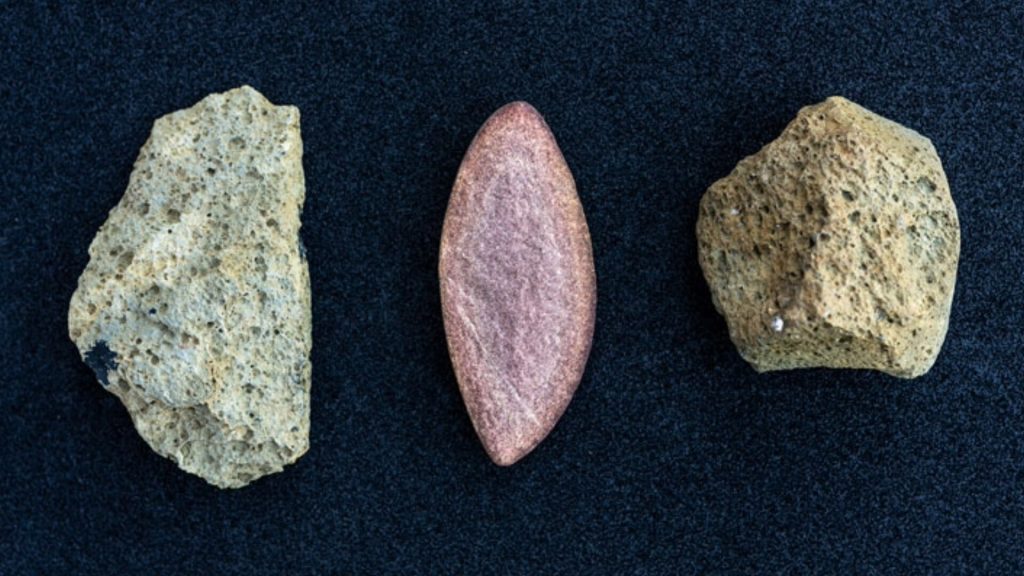
As the researchers explained in their report, one of the methods used to date the stone tools was a method known as sedimentary rock layer dating. The study noted the use of “two methods of burial dating with cosmogenic nuclides” which put the age at more than one million years old.
Not As Old as African Tools
The authors of this research study believe that the stone tools found in Korolevo could be as old as 1.4 million years, although they admit that they may only be one million years old. This means that the Ukraine tools are approximately the same age as similar stone tools found in Spain.
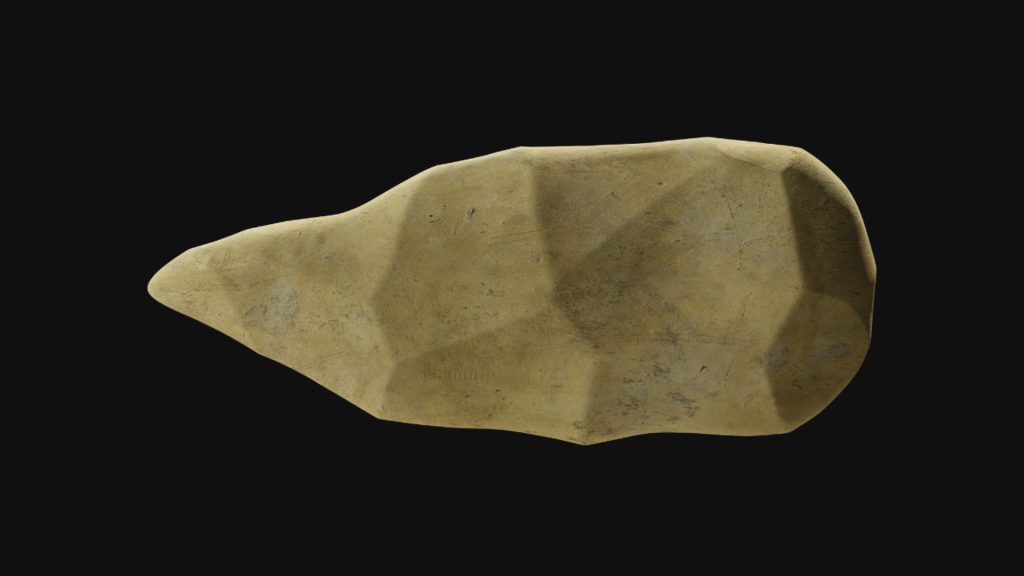
While these European tools are old, they are not near as old as the earliest stone tools ever found. In fact, the oldest stone tools to have been discovered are more than 2.8 million years old. They were discovered in eastern Africa.
A Discovery in Western Ukraine
The stone tools were unearthed at an archaeological site in Korolevo, Ukraine. This area has been the subject of ongoing archaeological work since it was discovered in the 1970s. Several excavations have been conducted at the site by many different groups of researchers and archaeologists.
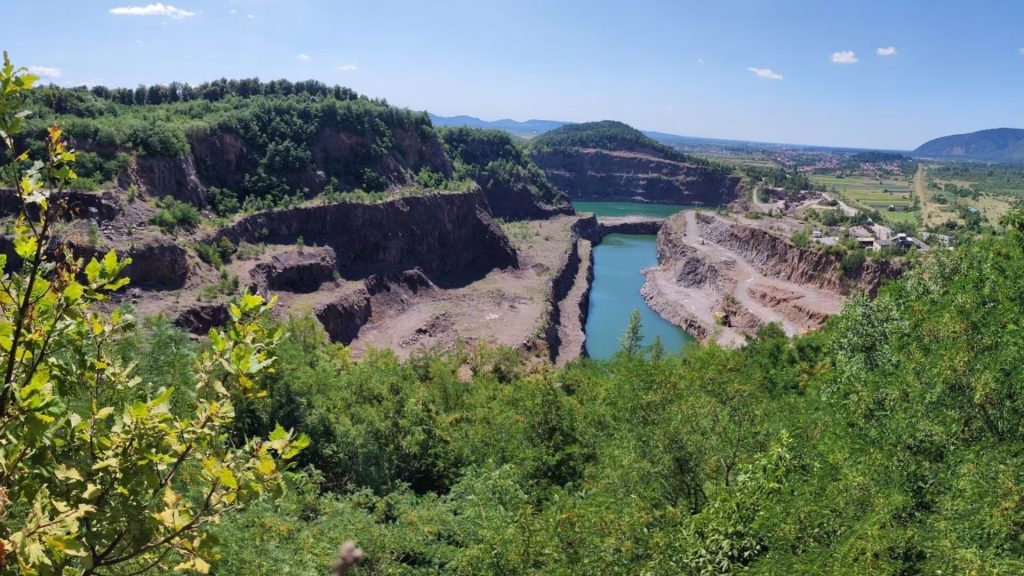
According to the report, “Korolevo represents, to our knowledge, the earliest securely dated hominin presence in Europe.” It is a key location in the study of Paleolithic Europe.
Korolevo Bridges the Gap
As the researcher’s paper explained, Korolevo “bridges the spatial and temporal gap between the Caucasus – around 1.85 to 1.78 million years ago – and southwestern Europe – around 1.2 to 1.1 million years ago.”
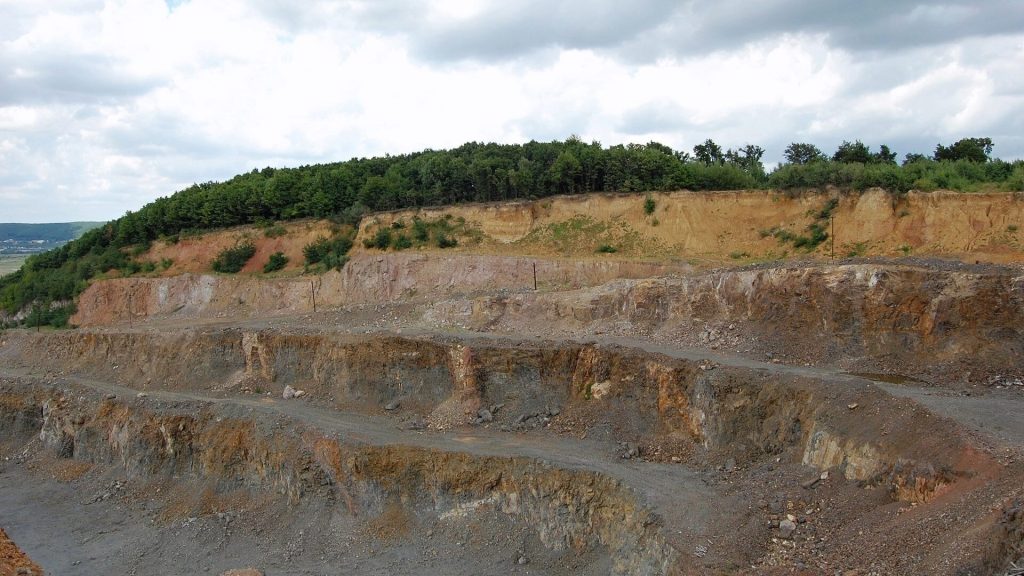
Since the early human presence at Korolevo falls in the middle of this time range and is in a different geographical area, the researchers were able to draw some startling conclusions.
Support for a Theory
There are conflicting theories to explain how early hominins arrived in Europe. The popular “Levantine corridor” theory suggests that early humans left Africa and skirted around the Mediterranean to enter Europe through Turkey. Others suggest they crossed the Straits of Gibraltar and entered Europe through Spain, Portugal, and France.

University of Oxford archaeologist Tom Higham said, “I think the jury is still out.” But he believes it is likely that early humans migrated into present-day Russia before moving west into Europe. The findings in Ukraine offer support for this theory.
“Europe Was Colonized from the East“
The report in the journal Nature stated, “Our findings advance the hypothesis that Europe was colonized from the east, and our analysis of habitat suitability suggests that early hominins exploited warm interglacial periods to disperse into higher latitudes.”
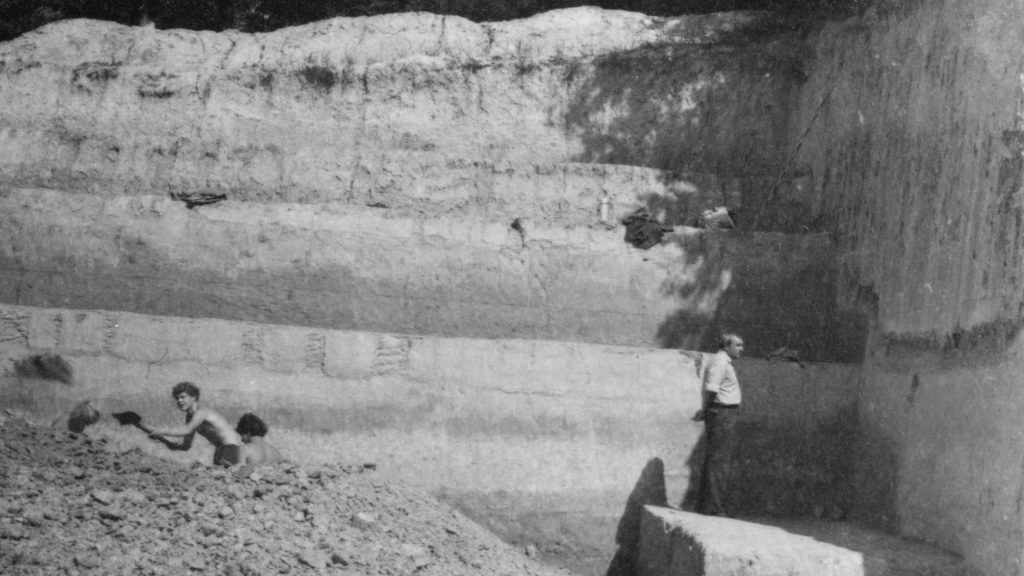
Early hominins expanded into present-day Siberia, which seems like an inhospitable place to live, but climate conditions in the past made this a favorable location. The report posits that early hominins migrated to Korolevo “well before the Middle Pleistocene Transition.”
Stone Tools Are More than Meets the Eye
To the untrained eye, the stone tools found in Korolevo may look like ordinary rocks, but to skilled, experienced archaeologists, they are so much more. The rocks show signs that they had been shaped by humans in the distant past.
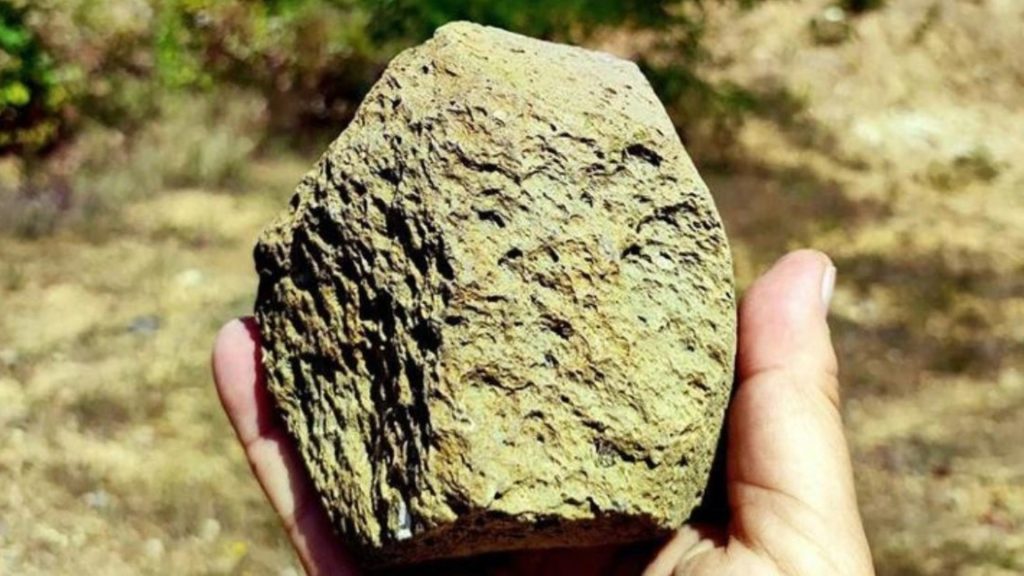
These types of stone tools are known as chipped stones. The ones discovered in Korolevo are significant because they were found much farther north than other chipped stones.
The Importance of Chipped Stones
Chipped stones represent some of the earliest types of prehistoric tools used by ancient humans. When our early ancestors needed help completing a task – from cutting animal hides to grinding grain to harvesting fruit – they often utilized stone tools.
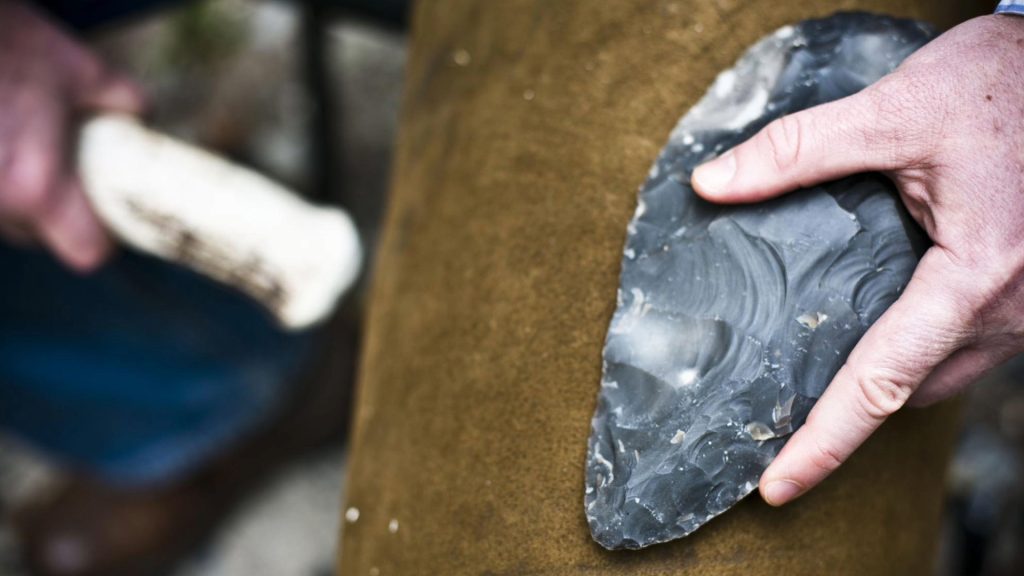
Chipped stone tools have been found in numerous sites across the world. The earliest ones are believed to be more than two million years old.
Different Classifications of Chipped Stones
Archaeologists classify chipped stones into different categories depending on their usage. Some chipped stones were used to cut things and are classified as blades. If the blades are larger and weightier, they were likely used as hand axes to chop things.
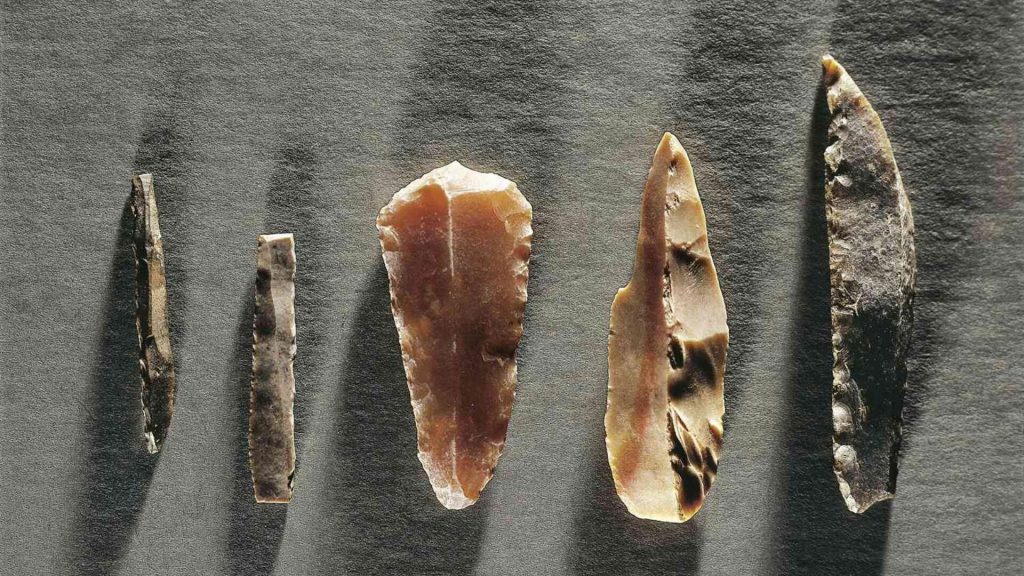
Another category of chipped stones are ones used as projectiles. Arrowheads fall into this category. The chipped stones were affixed to spears or arrows that were thrown or launched at prey animals or other humans.
Only Stone Tools Have Survived
Researchers speculate that ancient humans made additional tools from other materials, such as wood and bone. They would have had easy access to these materials, and they are easier to manipulate than stone.
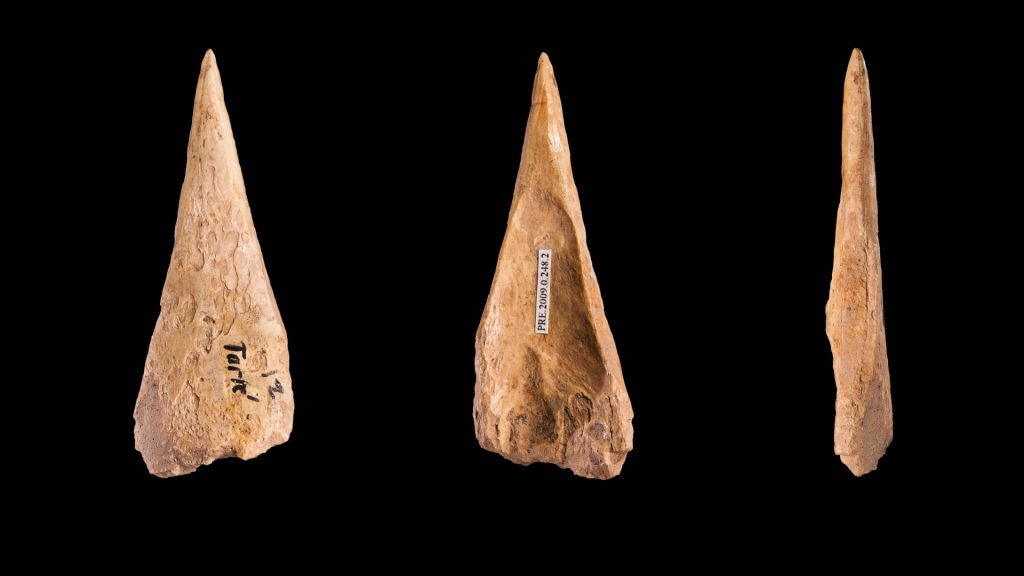
As organic objects, however, they are prone to decay. They do not hold up against the passage of time like the inorganic stone does. Although it is likely that early humans made many different kinds of tools, we are left with only the stone ones to analyze and study.
What Were the Korolevo Tools Used For?
According to archaeologist Roman Garba, one of the report’s co-authors, the chipped stones found in Korolevo in the 1970s and were the subject of this dating analysis were probably used to butcher meat.

As he noted, the tools included cutting blades and scraping edges. The cutting tools could have been used to cut meat from reindeer, elk, or other prey animals. The hides would then be scraped clean of meat and excess fat and dried to be used as blankets, shelters, and clothing.
Who Made the Stone Tools Found in Korolevo?
Although the research team has been able to use new technology to date the ancient stone tools, it still doesn’t offer any clues as to who made or used them. In fact, they cannot even determine which types of ancient humans were responsible for making the chipped stone tools.
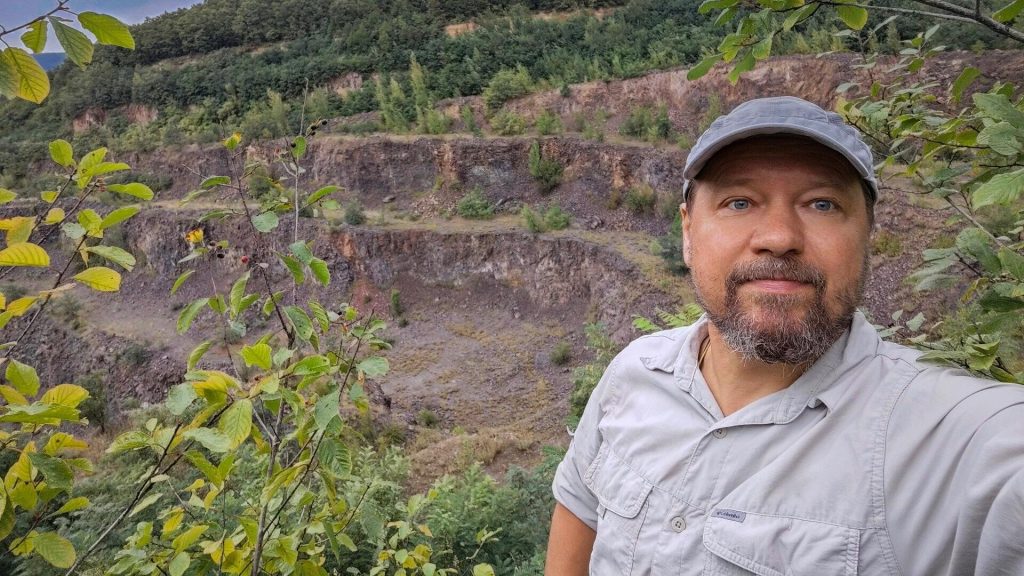
Garba explained, “We don’t have fossil remains, so we can’t be sure.”
Early Humans Were Avid Explorers
The presence of early humans in Ukraine more than a million years ago is just another piece of evidence that shows us just how much our ancient ancestors got around. Rick Potts, who serves as the director of the Smithsonian Institute’s Human Origins Program, marveled at early man’s the determination and drive to explore faraway lands.
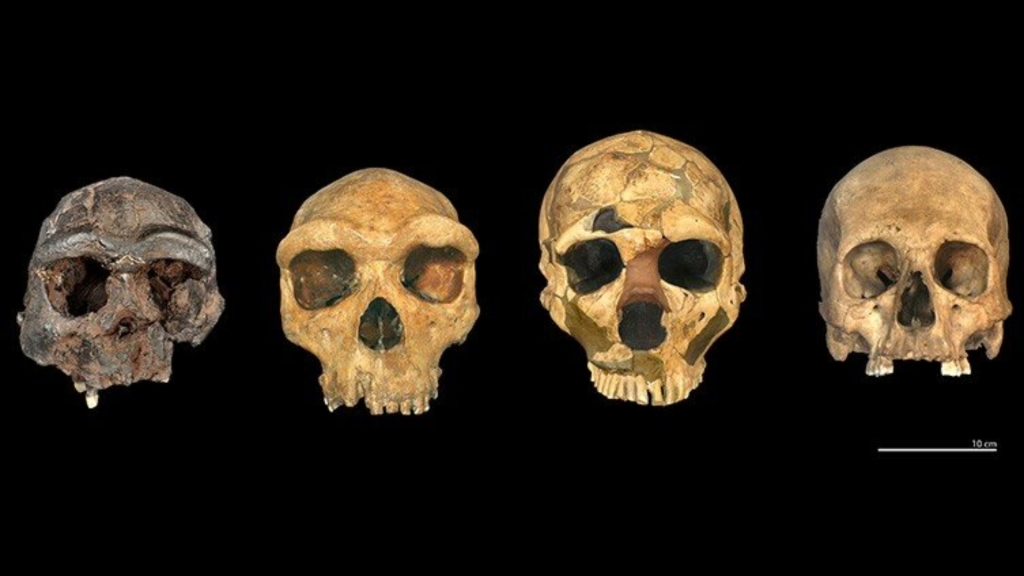
According to Potts, “The oldest humans with this old stone tool technology were able to colonize everywhere from warm Iberia to Ukraine, where it is at least seasonally very cold.” He added, “That’s an amazing level of adaptability.”

